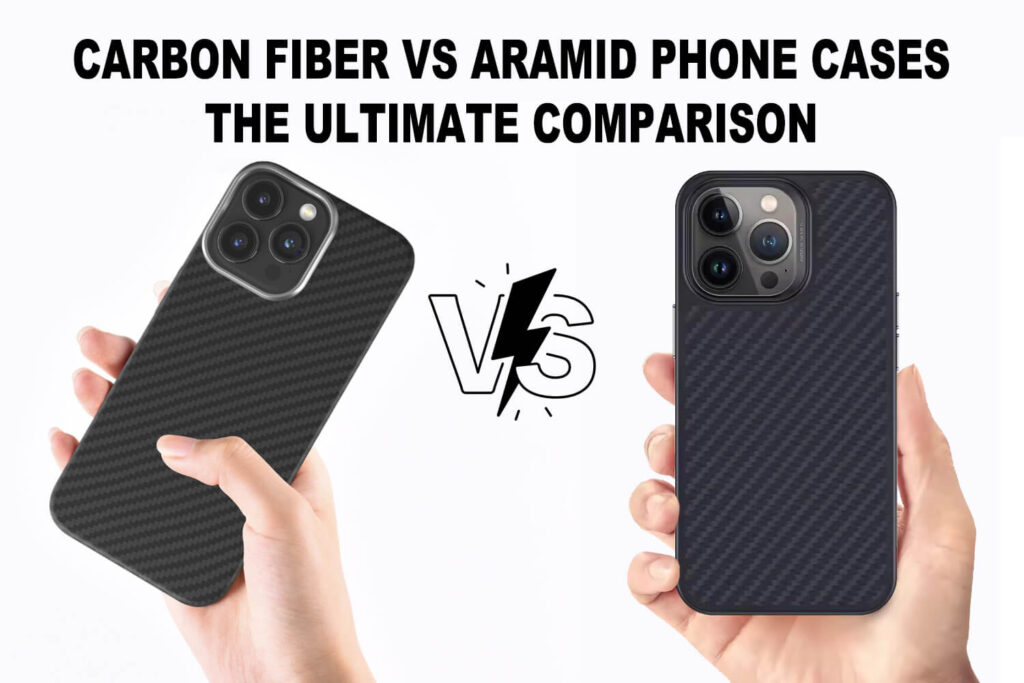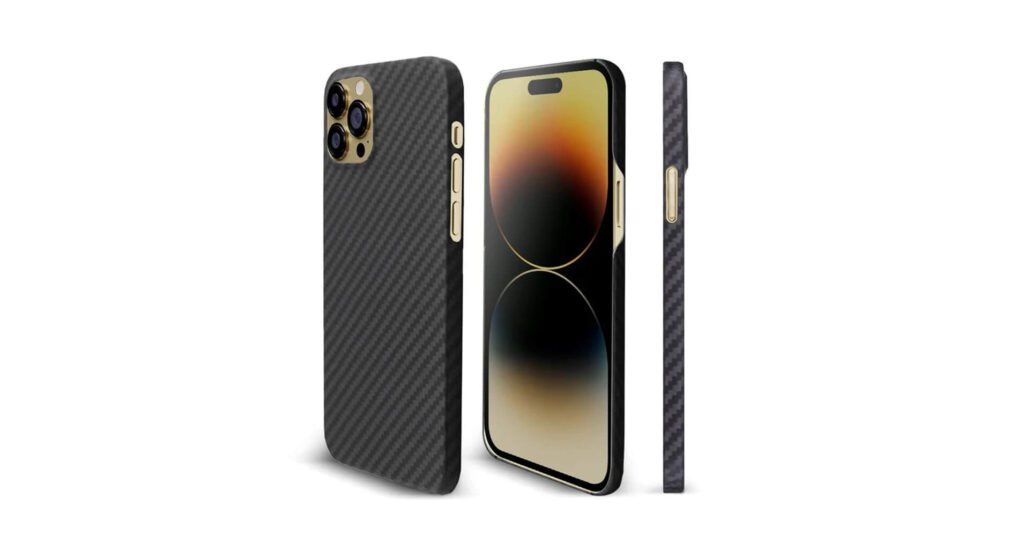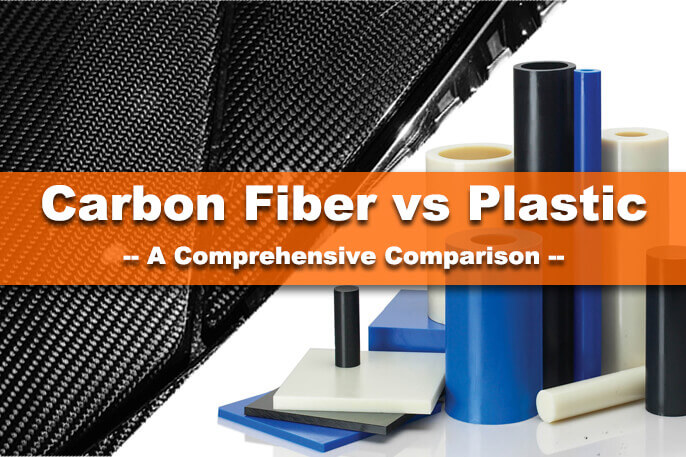When you pick a phone case, you want the best mix of protection, weight, style, and value.
Two top contenders are carbon fiber and aramid (commonly known as Kevlar®).
Both materials come from high-tech industries and promise top safety for your device.
This article dives deep into what makes each material special. We use clear words and keep sentences short. By the end, you’ll know which case fits your needs best.
What Are Carbon Fiber and Aramid?
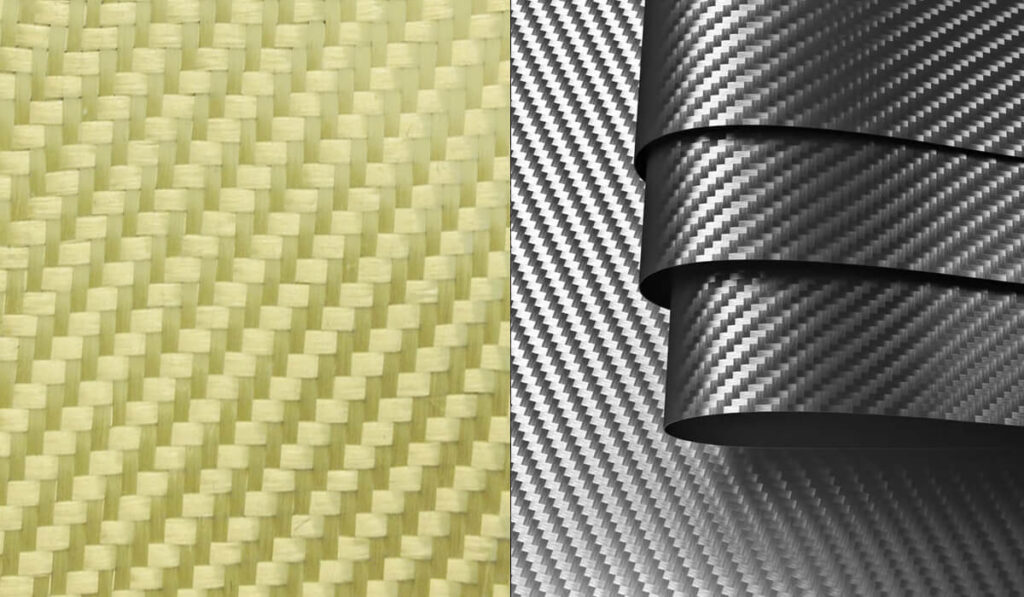
Carbon Fiber
- Made from thin strands of carbon atoms woven into cloth.
- Then set in resin to form hard, stiff panels.
- Known for high stiffness and low weight.
- Used in aerospace, sports gear, and luxury goods.
Aramid Fiber (Kevlar®)
- A synthetic polymer famed for heat and impact resistance.
- Often used in body armor, helmets, and industrial fabrics.
- Woven into cloth, then set in resin for extra support.
- Offers high toughness and chemical resistance.
Material Properties: Strength, Stiffness, and Toughness
- Tensile Strength: Both fibers resist being pulled apart. Carbon fiber edges out slightly in pure tensile strength.
- Stiffness: Carbon fiber is much stiffer. It holds shape under load. Aramid is more flexible.
- Impact Resistance: Aramid absorbs shocks better. It bends and flexes when hit. Carbon fiber can crack under sharp impacts.
- Abrasion & Heat: Aramid resists abrasion and high heat. Carbon fiber resists heat well but can fray if rubbed.
Drop Protection and Durability Comparison
Carbon Fiber Cases
- Excellent at spreading and resisting small forces.
- Very stiff; reduces bending under drops.
- Can chip or crack if the impact is sharp.
Aramid (Kevlar) Cases
- Tough and flexible.
- Absorbs more energy from falls.
- Less likely to crack or shatter.
- May scuff over time but maintain integrity.
In real-world tests, aramid cases often reduce force to the phone by more than 50% compared to rigid plastics and keep the phone intact in most drops.
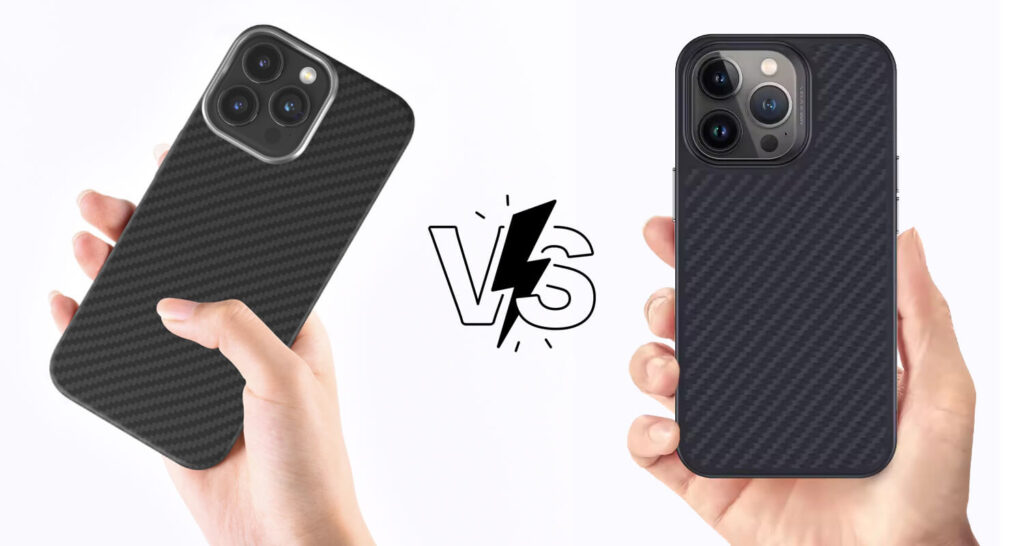
Weight and Profile Difference
- Carbon Fiber: Ultra-light. Often under 10 g for a slim case.
- Aramid Fiber: Slightly lighter than carbon fiber in some weaves. Cases can be even thinner.
Both materials beat metal or thick plastic in weight. If you hate bulky cases, either will feel sleek.
Signal Interference
Some worry that metal-like materials can block cell, Wi-Fi, or NFC signals.
- Carbon Fiber can interfere slightly with antennas. Very thin weaves help, but some cases include cut-outs for better reception.
- Aramid Fiber is non-conductive. It does not block signals. You get full phone connectivity without design tweaks.
If you need perfect signal, aramid is the safer choice.
Appearance and Feel
Carbon Fiber Cases

- Glossy or matte finishes.
- Distinct woven pattern.
- Feels rigid and premium.
Aramid (Kevlar) Cases

- Satin weave that catches light softly.
- Feels slightly softer to the touch.
- Often has a subtle cloth-like texture.
Both look high-end and can add a modern flair to your phone.
Cost and Availability
Carbon Fiber Cases tend to be pricier due to material cost and manufacturing. Prices range from $40 to $100+.
Aramid Cases often cost $30 to $70. Kevlar is easier to source, so prices stay a bit lower.
Major brands and boutique makers offer both. Sales and direct-to-consumer brands can save you up to 30%.
Environmental and Longevity Factors
Carbon Fiber is recyclable but hard to break down. Cases can last 2–3 years before wear shows.
Aramid Fiber resists UV light and chemicals. It holds shape longer. It too is tricky to recycle.
Both materials far outlast standard plastics in lifespan. If you keep a case 2–3 years, you’ll get good value.
Carbon Fiber vs. Aramid Phone Cases: Who Should Choose Which?
| Need / Preference | Carbon Fiber Case | Aramid (Kevlar) Case |
|---|---|---|
| Maximum Stiffness | ✓ | |
| Best Shock Absorption | ✓ | |
| Lightest Thin Profile | ✓ | ✓ |
| No Signal Interference | ✓ | |
| Sleek, Premium Look | ✓ | ✓ |
| Lower Price | ✓ | |
| Highest Scratch Resistance | ✓ | ✓ |
- Choose Carbon Fiber if you want a very stiff case that adds a solid, high-tech feel.
- Choose Aramid if you drop your phone often, need zero signal loss, or want a super-thin, durable shell.
Conclusion
Carbon fiber and aramid (Kevlar®) cases each bring top-tier protection and style.
Carbon fiber shines in stiffness and pure tensile strength. Aramid stands out for impact resistance, flexibility, and signal friendliness.
Both weigh next to nothing and add a premium look to your device. Your final pick should match your drop risk, style choice, and budget.
Whichever you choose, you’ll upgrade from plastic to a case built with advanced materials. Enjoy the peace of mind that comes from true high-performance protection.
